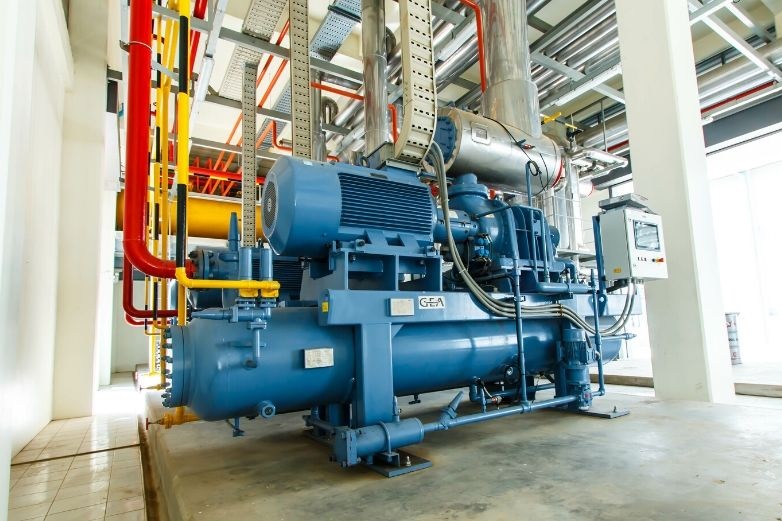Industrial refrigerators play a vital role in various industries, including food processing, pharmaceuticals, and logistics. They are designed to maintain low temperatures and preserve perishable goods on a large scale. Understanding how industrial refrigerators work can provide valuable insights into their efficiency, functionality, and importance in modern-day industries. In this blog post, we will explore the working principles behind industrial refrigerators and their key components.
The Basic Principles of Refrigeration
Industrial refrigerators operate based on the principles of thermodynamics and the refrigeration cycle. The refrigeration cycle consists of four main components: a compressor, a condenser, an expansion valve, and an evaporator. These components work together to remove heat from the interior of the refrigerator and expel it to the surrounding environment.
Compressor
The compressor is the heart of the refrigeration system. It is responsible for compressing the refrigerant gas, increasing its pressure and temperature. The compressed gas then moves to the condenser.
Condenser
In the condenser, the high-pressure refrigerant gas releases heat to the surroundings and begins to liquefy. This process occurs as the gas transfers its heat energy to a cooling medium, such as air or water. As a result, the refrigerant transforms into a high-pressure liquid.
Expansion Valve
Once the refrigerant becomes a high-pressure liquid, it passes through the expansion valve. The expansion valve is a small orifice that reduces the pressure of the liquid refrigerant, causing it to expand rapidly. This expansion leads to a drop in temperature and pressure of the refrigerant.
Evaporator
The low-pressure, low-temperature refrigerant now enters the evaporator, which is located inside the industrial refrigerator. As the warm air from the refrigerator interior flows over the evaporator coils, the refrigerant absorbs the heat from the air, causing the refrigerant to evaporate. This process cools down the air inside the refrigerator.
Repeat of the Cycle
After absorbing heat in the evaporator, the refrigerant returns to the compressor, and the entire refrigeration cycle begins again. This continuous cycle ensures the maintenance of low temperatures inside the industrial refrigerator.
Additional Components and Features
Apart from the core components mentioned above, industrial refrigerators often incorporate additional features to enhance their functionality. These may include:
- Fans: Industrial refrigerators are equipped with fans to ensure proper air circulation, facilitating efficient heat exchange in the condenser and evaporator coils.
- Temperature Controls: Advanced industrial refrigerators include precise temperature control systems to maintain optimal storage conditions for specific products.
- Insulation: Industrial refrigerators are well-insulated to minimize heat transfer from the surroundings, helping to maintain a consistent temperature within the unit.
- Alarms and Monitoring Systems: Many industrial refrigerators are equipped with alarms and monitoring systems to alert users of temperature fluctuations or malfunctions, ensuring the safety and integrity of stored products.




